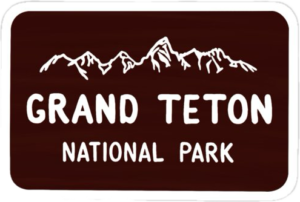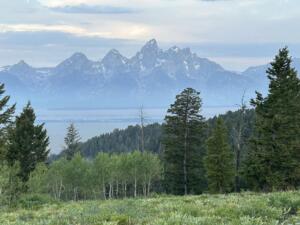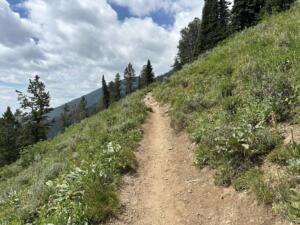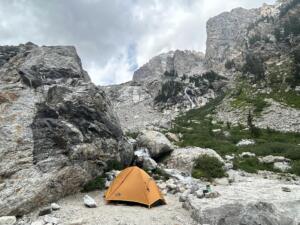
Grand Teton National Park, located in northwestern Wyoming was officially established on February 26, 1929, to protect the awe-inspiring Teton Range. The park’s original 96,000 acres were later expanded to 310,000 acres through the inclusion of the Jackson Hole valley and surrounding areas. Its creation, like that of many parks and wilderness areas, was the result of decades of debate and compromise.
The park’s creation was strongly influenced by John D. Rockefeller Jr., who recognized the need to preserve the area’s unique landscape. Rockefeller purchased over 35,000 acres of land in the Jackson Hole Valley during the 1920s and 1930s, ultimately donating it to the federal government in 1943. This donation led to the creation of the Jackson Hole National Monument by President Franklin ,D. Roosevelt in 1943, which was later combined with the existing park in 1950, forming the present-day Grand Teton National Park.
The park is characterized by its dramatic mountain scenery, including the iconic Grand Teton peak, as well as its pristine lakes, lush valleys, and diverse wildlife. Today, Grand Teton National Park is a popular destination for outdoor enthusiasts, offering activities such as hiking, climbing, and wildlife viewing, while also serving as a vital natural and cultural preserve. The park attracts about 3 to 3.5 million visitors annually.



